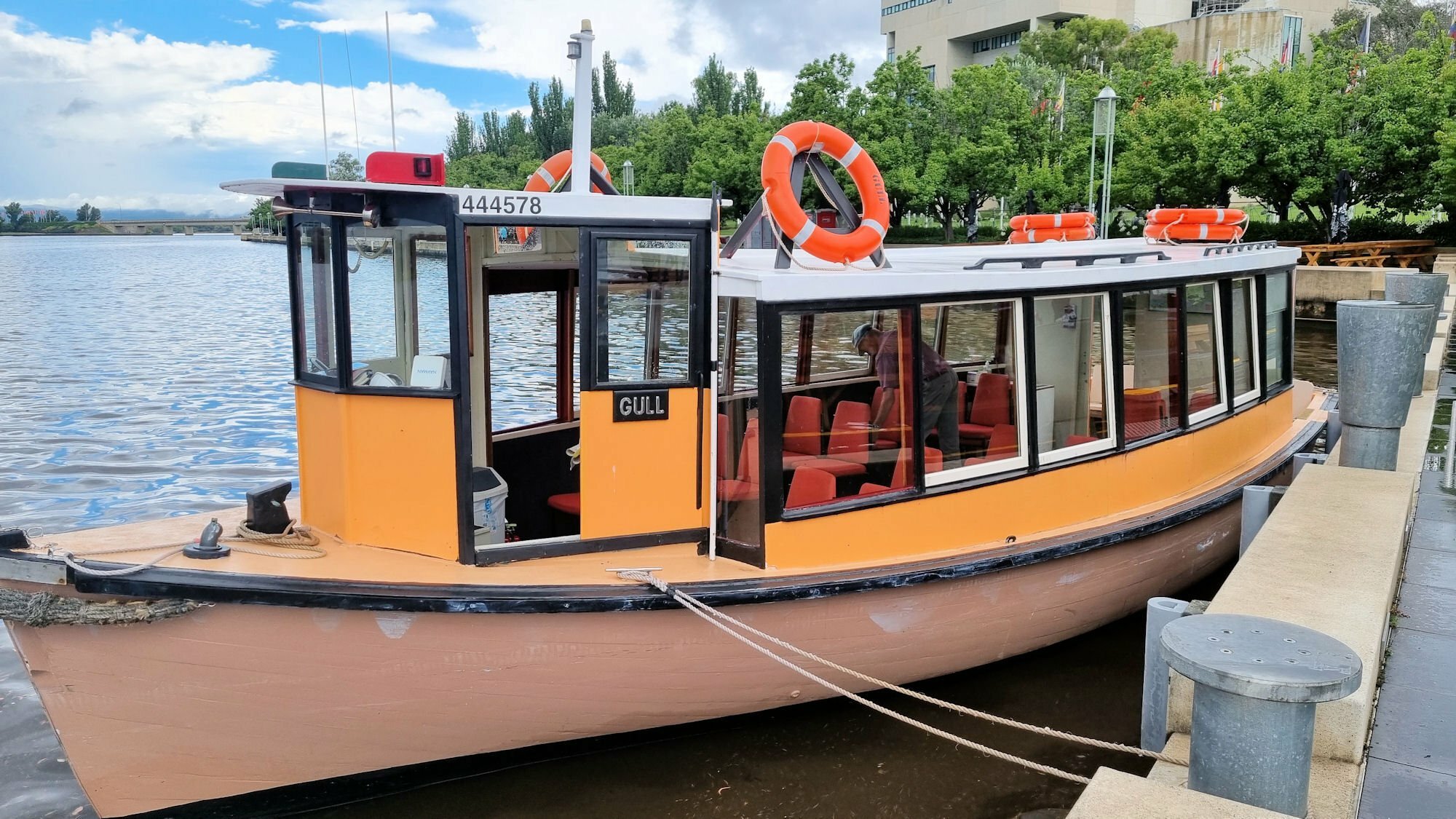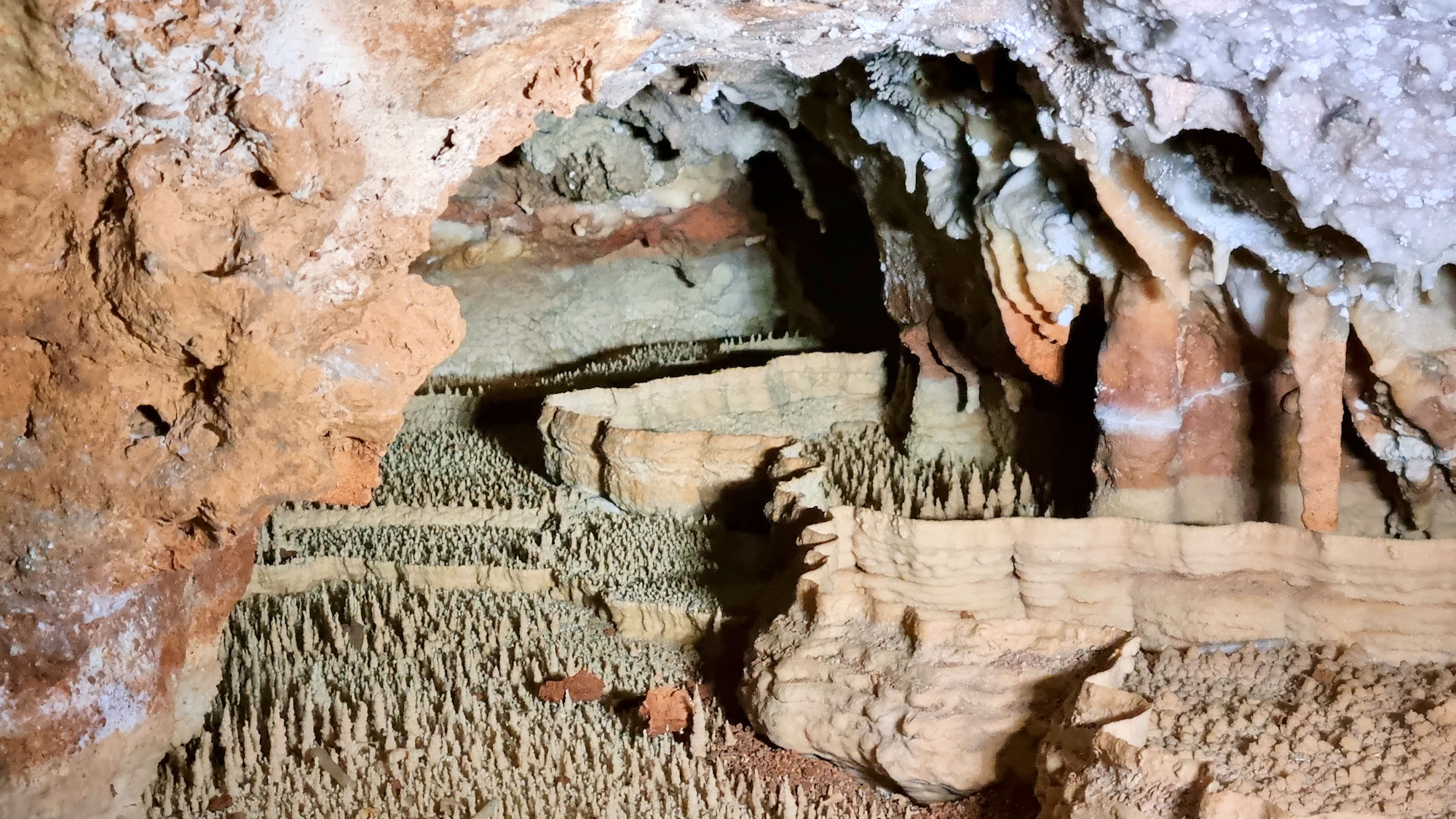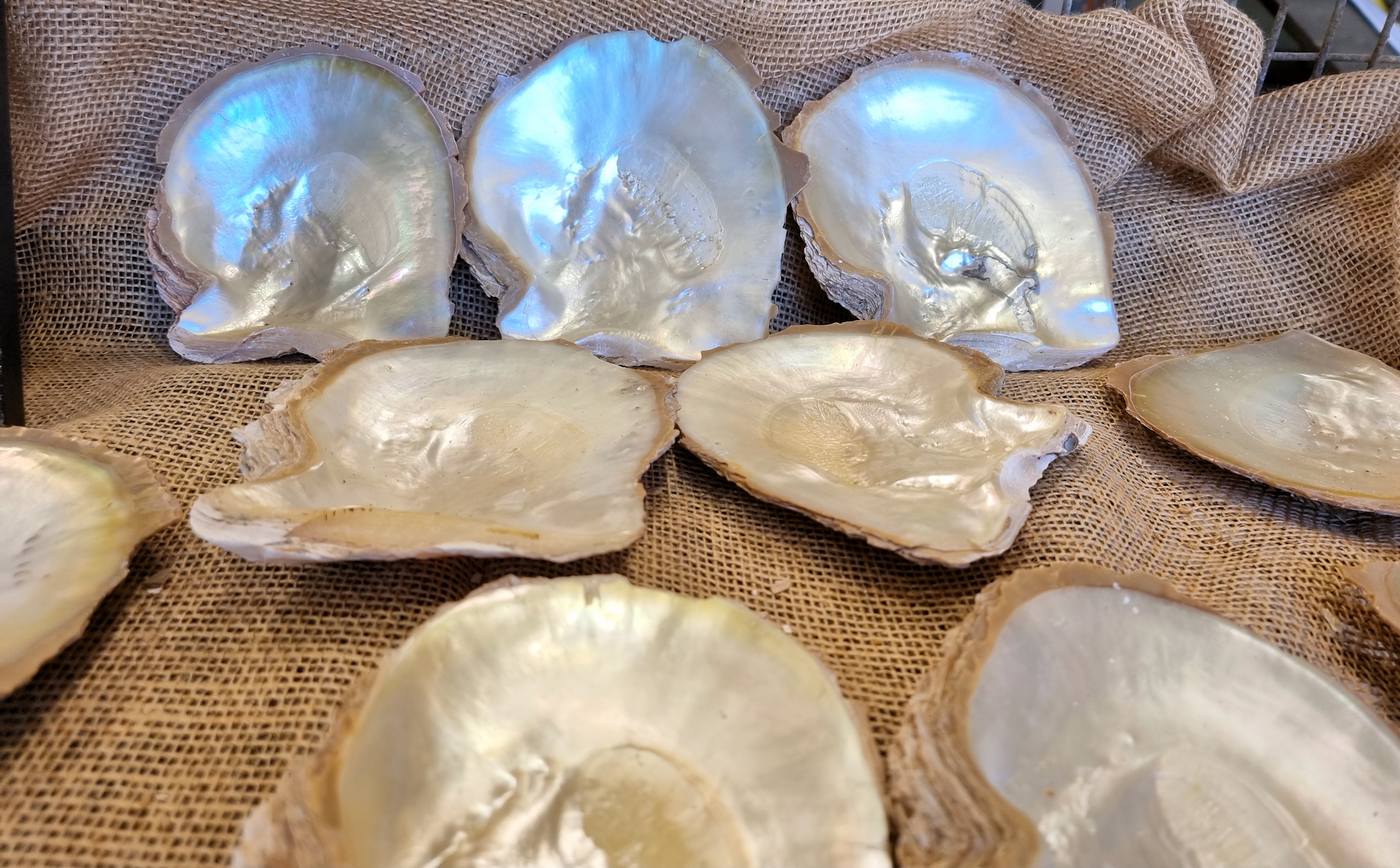Category: Guided Tours
-
Lake Burley Griffin Cruise

Lake Burley Griffin Cruise This is a great, relaxing way to see the sights of Canberra while you cruise around Lake Burley Griffin. We parked in the Questacon carpark, only a short walk from the jetty on Queen Elizabeth Terrace where we boarded the “Gull”. Conveniently located near a coffee shop, you can get a… Read more
-
Wombeyan Caves

Wombeyan Caves Hit by the triple disasters of bushfires, floods and Covid, our visit to Wombeyan Caves was not as extensive as we planned. The fires of 2020 damaged the surrounding country severely, removing much of the vegetation. The heavy rain and floods that followed resulted in land slips and damage to all walking tracks.… Read more
-
Broken Bay Pearl Farm

Broken Bay Pearl Farm Established in 2003, Broken Bay Pearl Farm is New South Wales’s only pearl farm. Although Sydney Rock oysters used for eating are farmed here, this is the first business to farm pearls. Located at Mooney Mooney on the Hawkesbury River, parking was at a premium, with some people on our tour… Read more